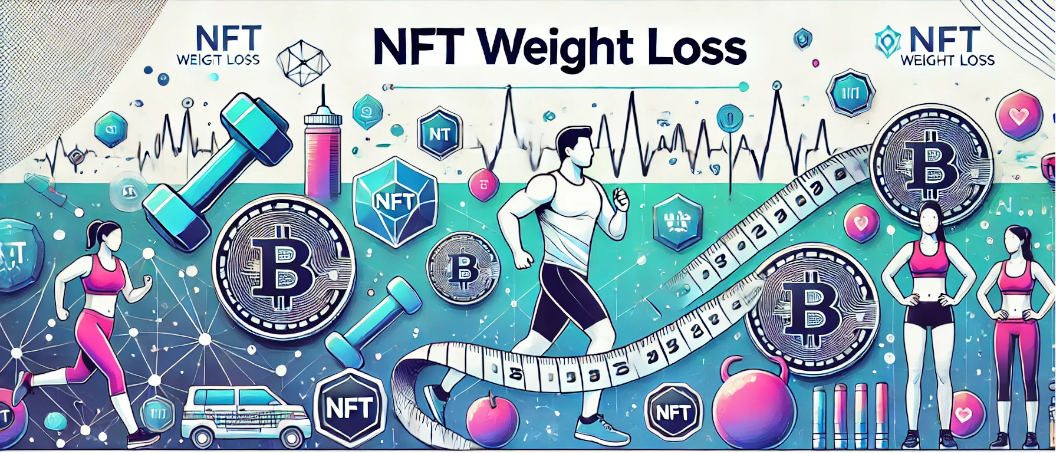06-17-2025, 06:28 AM
Ribbed Smoke Sheet (RSS) is a foundational product in the natural rubber industry, playing a crucial role in a wide array of applications—from automotive tires to industrial goods. Derived directly from latex obtained from rubber trees, RSS undergoes a specific processing method that not only enhances its physical properties but also ensures long-term durability and performance. The name “ribbed smoke sheet” comes from the textured, ribbed pattern formed during drying and the smoke-curing process, which gives the sheets their distinctive look and functionality.
The manufacturing of Ribbed Smoke Sheet begins with the collection of latex from Hevea brasiliensis, commonly known as the rubber tree. Once collected, the latex is coagulated using acid, typically formic or acetic acid. This coagulated rubber is then rolled into thin sheets and passed through a ribbing machine that imprints the signature ribbed pattern. These sheets are subsequently air-dried and smoke-cured in special chambers. The smoking process, which often uses wood fire, not only dries the rubber but also imparts a level of antiseptic quality to the sheets, preventing fungal or microbial growth during storage and transport. The final product is graded based on clarity, consistency, and freedom from foreign materials, with RSS1 being the highest grade.
Ribbed Smoke Sheet offers numerous benefits, especially in applications where elasticity, resilience, and abrasion resistance are critical. It is a preferred raw material in tire manufacturing, conveyor belts, hoses, gaskets, and footwear. RSS’s natural strength and flexibility make it suitable for producing products that must endure high mechanical stress or variable weather conditions. Because of its natural origin and biodegradable nature, it is also gaining attention as an eco-friendlier option in comparison to synthetic rubber counterparts.
Globally, Southeast Asian countries like Thailand, Indonesia, and Malaysia are the largest producers and exporters of RSS, with these regions offering ideal climatic conditions for rubber tree cultivation. The international demand for RSS is closely tied to the automotive and manufacturing industries. As these sectors expand, particularly in emerging economies, the demand for high-quality natural rubber like RSS continues to rise.
The manufacturing of Ribbed Smoke Sheet begins with the collection of latex from Hevea brasiliensis, commonly known as the rubber tree. Once collected, the latex is coagulated using acid, typically formic or acetic acid. This coagulated rubber is then rolled into thin sheets and passed through a ribbing machine that imprints the signature ribbed pattern. These sheets are subsequently air-dried and smoke-cured in special chambers. The smoking process, which often uses wood fire, not only dries the rubber but also imparts a level of antiseptic quality to the sheets, preventing fungal or microbial growth during storage and transport. The final product is graded based on clarity, consistency, and freedom from foreign materials, with RSS1 being the highest grade.
Ribbed Smoke Sheet offers numerous benefits, especially in applications where elasticity, resilience, and abrasion resistance are critical. It is a preferred raw material in tire manufacturing, conveyor belts, hoses, gaskets, and footwear. RSS’s natural strength and flexibility make it suitable for producing products that must endure high mechanical stress or variable weather conditions. Because of its natural origin and biodegradable nature, it is also gaining attention as an eco-friendlier option in comparison to synthetic rubber counterparts.
Globally, Southeast Asian countries like Thailand, Indonesia, and Malaysia are the largest producers and exporters of RSS, with these regions offering ideal climatic conditions for rubber tree cultivation. The international demand for RSS is closely tied to the automotive and manufacturing industries. As these sectors expand, particularly in emerging economies, the demand for high-quality natural rubber like RSS continues to rise.





